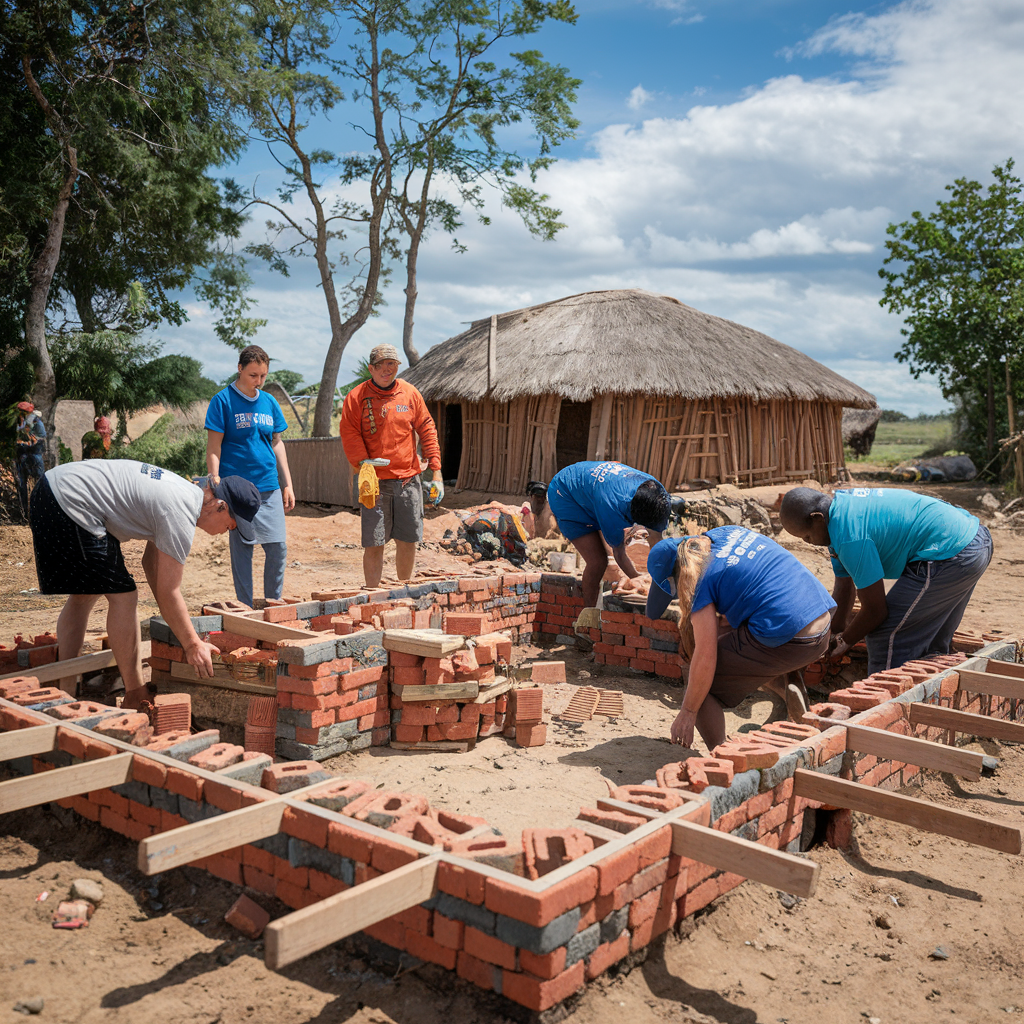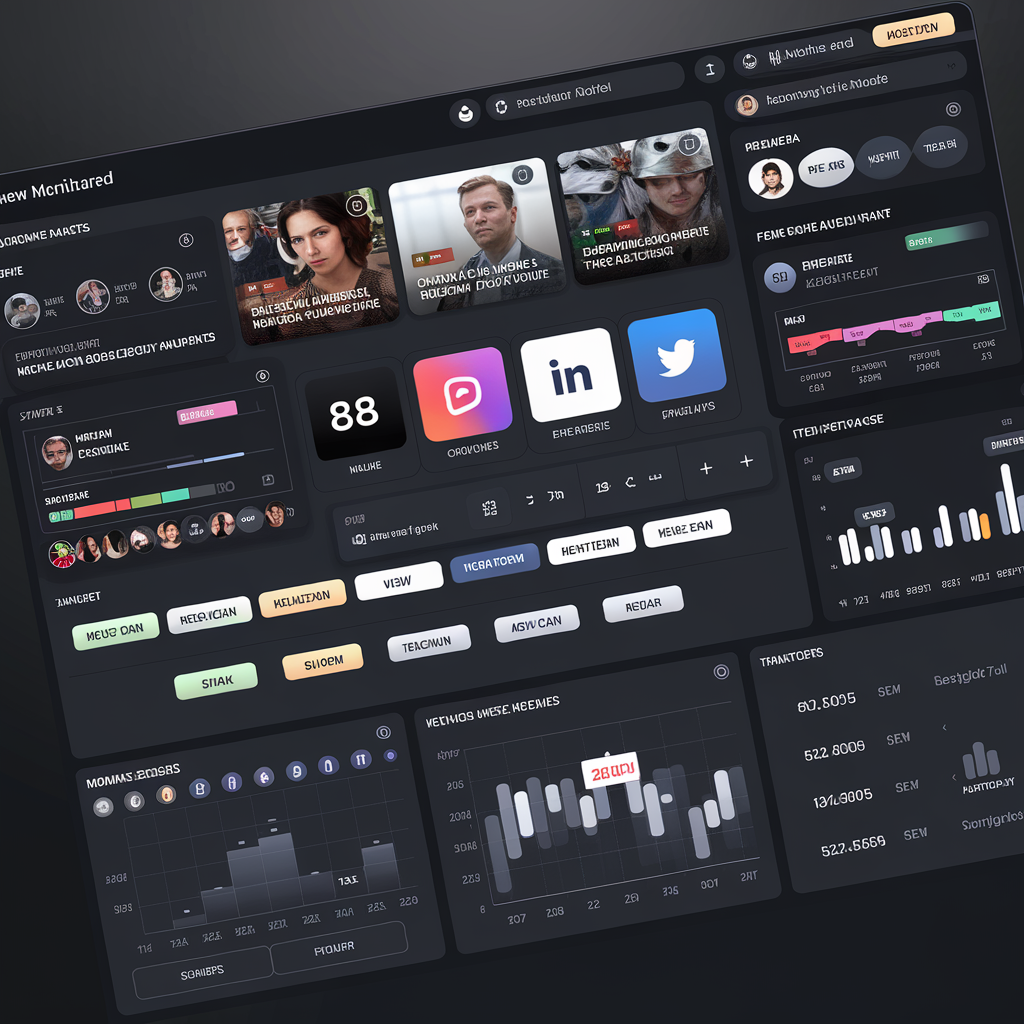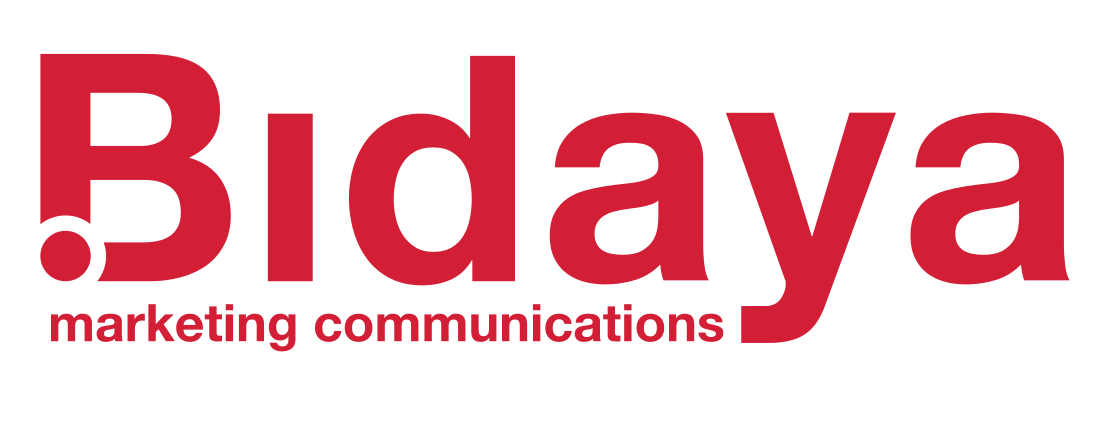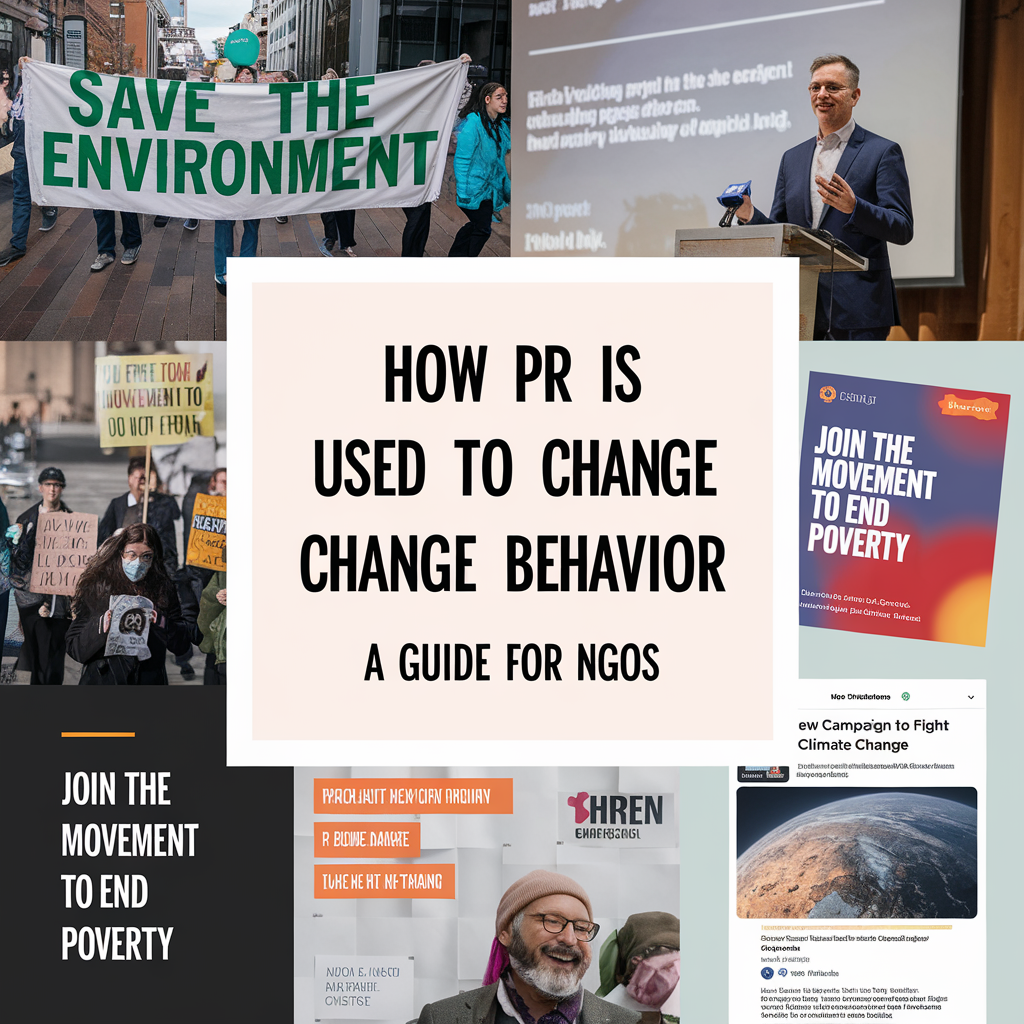How PR is Used to Change Behavior: A Guide for NGOs
Public Relations (PR) is a powerful tool that goes beyond promoting brands—it can drive significant behavioral change, making it invaluable for NGOs aiming to inspire positive action within communities. By strategically using media coverage, targeted press releases, and comprehensive communication strategies, PR helps shift public attitudes and behavior to align with an organization’s mission and values.


How to Connect with Key Online Voices
Start by identifying the specific niche or industry that aligns with your brand. Seek out influencers whose content is relevant to your products or services. Start by identifying the specific niche or industry that aligns with your brand. Seek out influencers whose content is relevant to your products or services.

1. Leveraging Media for Awareness
Media coverage is one of the most effective ways to reach large audiences and create awareness around social issues. PR campaigns that secure features on TV, radio, and digital platforms help amplify an NGO’s message, sparking conversation and building momentum for change. For example, using radio interviews or news segments can highlight pressing social causes, connecting with audiences and motivating them to act.
2. Crafting Targeted Campaigns
A strong PR strategy for behavior change starts with understanding the target audience. Press releases and public service announcements tailored to different media channels—whether on radio, TV, or online—help reach various demographics with messages that resonate. This focused approach maximizes the impact of NGO campaigns, ensuring that the call to action is heard and understood.
3. Engaging Storytelling for Emotional Impact
Public relations harnesses the power of storytelling to evoke emotions and drive change. Sharing real-life stories and testimonials through articles, interviews, and press releases creates a personal connection with the audience. These stories can be disseminated through media partnerships and influencer collaborations, ensuring the message reaches a wider audience and builds trust.

4. Monitoring and Adjusting Strategies
PR is not a one-time effort; it requires ongoing monitoring and adaptation. Media monitoring tools allow NGOs to track how their message is being received, analyze coverage, and refine their strategy to improve engagement. This continuous feedback loop helps organizations pivot their tactics, ensuring sustained public interest and long-term behavior change.
5. Building Trust Through Transparent Communication
NGOs can use PR to build credibility by being transparent and proactive in their communication. Regular updates and press releases detailing progress and success stories strengthen public trust and encourage more significant support and participation. Media coverage showcasing the NGO’s efforts and achievements reinforces the organization’s dedication to its mission.
6. Collaborating with Media and Stakeholders
Effective PR involves working closely with media outlets and stakeholders to spread the message. NGOs can host press conferences, conduct interviews, and engage in media tours to highlight their initiatives and call for community involvement. Strategic partnerships with local and national media can amplify the reach and effectiveness of these campaigns.
For NGOs aiming to drive meaningful change, PR is an essential strategy to influence behavior and mobilize communities. By leveraging media coverage, targeted communication, and compelling storytelling, PR campaigns can inspire action, shift public perspectives, and build lasting trust. Through consistent press releases, monitoring efforts, and strategic media partnerships, NGOs can make their voices heard and create impactful change.

